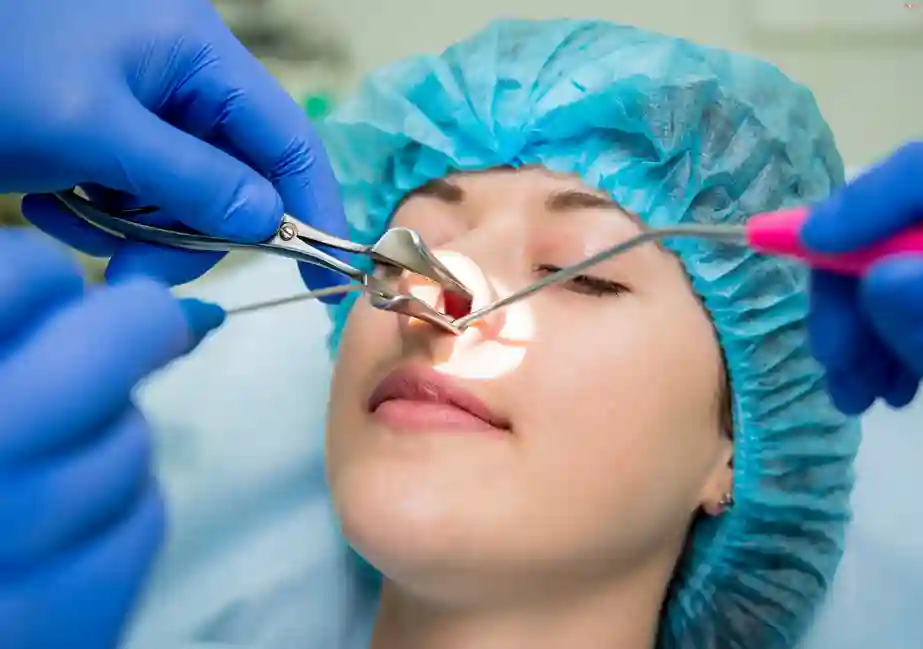What is ENT Endoscopy?
Taken from the name ” endos ” and the word ” scopein ” which means examination. So, endoscopy refers to an examination procedure to determine the condition of internal organs.
In relation to ENT, endoscopy procedures are performed for treatment, checking health conditions, and detecting disorders of the ear, nose, and throat, such as the larynx, esophagus, and bronchi.
Ear endoscopy is performed using a tool called an endoscope. This tool is in the form of an elastic tube equipped with a flashlight and a camera at the end.
Purpose of ENT Endoscopy
ENT endoscopy is performed to detect diseases that occur in organs related to the ear, nose, and throat. This includes the bronchi, esophagus, and larynx.
Through a tool called an endoscope, surgeons can see problems or diseases that occur in the core organs and all supporting organs that may affect them.
Today, ENT endoscopy is used to perform a thorough examination of the sinuses and polyps. The indications of health disorders that require further examination of this procedure are:
- Ears , such as dizziness, vertigo, tinnitus, facial nerve disorders, hearing loss , and middle auditory processing disorders.
- Nose, such as sinusitis, allergic rhinitis, and nasal polyps.
- Throat, such as swallowing disorders, cancer of the larynx or vocal cords, tonsillitis, nasopharyngeal cancer, laryngeal carcinoma, and laryngeal papilloma.
ENT Endoscopy Procedure
Unlike the process of examining the internal organs of the digestive tract, the patient does not need to fast first before this procedure is carried out. In order not to feel pain, the patient will be given anesthesia first.
There may be discomfort for the patient when the endoscope is inserted, especially in the nose and possibly in the ear. This can happen because the endoscope is not the right size or the anesthesia needs to be added.
If you feel any discomfort, immediately notify the surgeon in charge of the procedure. After the anesthesia has taken effect, the doctor will insert an endoscope into the organ that needs to be examined.
Specifically for the throat, the tool can be inserted through the oral cavity. If necessary, the surgeon will take a sample or biopsy to perform further examination.
ENT endoscopy procedures are generally safe and rarely cause complications. In some cases, complications can occur, such as nasal endoscopy which can result in nosebleeds. See a doctor immediately if the nosebleed does not stop.
Don’t forget to ask your doctor about specific instructions or directions that must be followed after the procedure is performed, whether there are any special recommendations or prohibitions that must be followed, for example:
- Prohibition of using ear cleaners.
- It is recommended not to touch the inside of the nostrils.
- Prohibitions on certain foods or drinks.
- How to use medications after the procedure.
When Should You Do an ENT Endoscopy?
See a doctor immediately and have your health checked if you experience hearing difficulties for a long period of time, severe dizziness or vertigo, allergies, and symptoms that indicate nasal polyps.
Doctors can also refer patients for an ENT endoscopy procedure if symptoms occur that indicate disease in the ear, nose, or throat.
Where to Perform ENT Endoscopy Procedures
ENT endoscopy procedures can be performed in hospitals or clinics that have complete medical equipment for this procedure, as well as experienced surgeons or ENT specialists to perform it.

